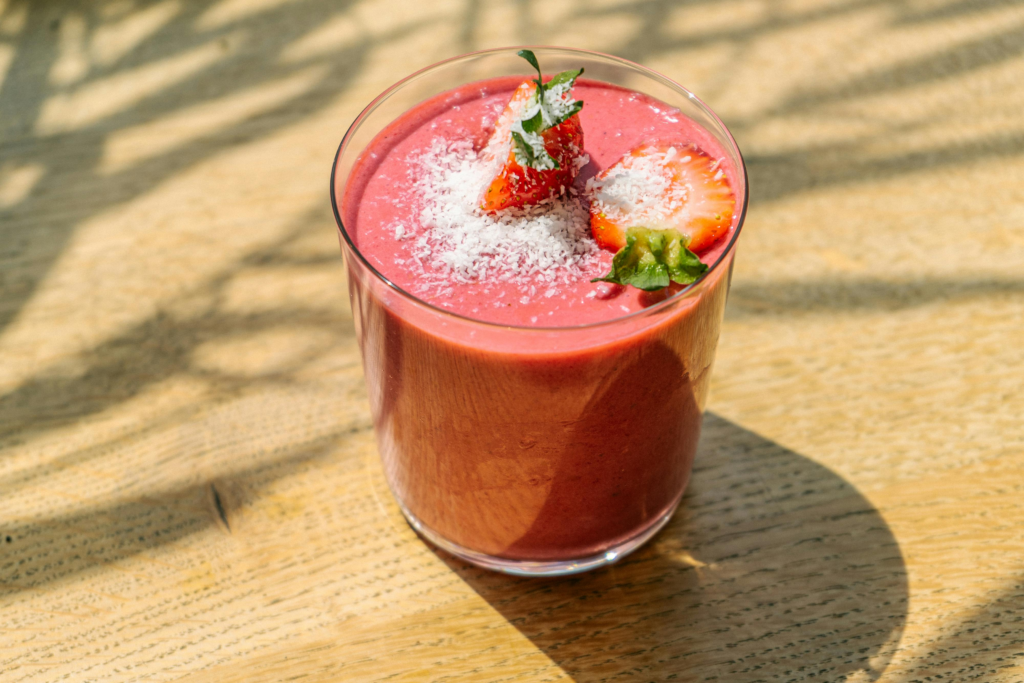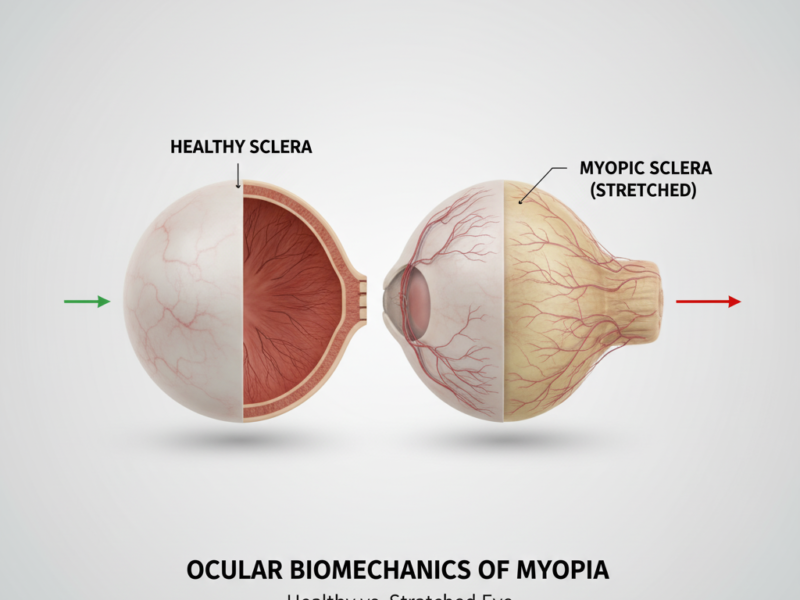Introduction
In the age of constant screens, artificial light, and digital fatigue, biohacking your vision has become more than a trend — it’s a survival skill for the modern world. Vision biohacking combines neuroscience, nutrition, and lifestyle design to help your eyes perform at their best, reduce digital strain, and even slow down natural eye aging.
Whether you’re a professional staring at screens all day, a gamer, or simply someone who wants sharper natural vision, this guide will help you understand the science and practical strategies behind vision biohacking.
1. Understanding Vision Biohacking
Vision biohacking is the process of improving your eyesight and visual performance through lifestyle, environmental, and nutritional adjustments. It’s about supporting your visual system — eyes, brain, and circadian rhythm — to function at its full potential.
It doesn’t mean replacing medical treatments but enhancing what’s already working using natural science-based techniques.
2. Optimize Your Light Environment
2.1 Natural Light Exposure
Your eyes and brain rely on sunlight to regulate hormones like melatonin and cortisol. Try to get at least 10–15 minutes of morning sunlight each day — it helps synchronize your circadian rhythm and supports healthy dopamine levels in the retina.
Pro tip: Take short outdoor breaks every 2 hours to reset your eye focus and light exposure balance.
2.2 Limit Artificial Blue Light at Night
Blue light suppresses melatonin and keeps your eyes tense in the evening.
Use Night Mode or blue light filter apps after sunset, or wear blue light blocking glasses.

3. Nutrition Hacks for Vision Biohackers
3.1 Omega-3 and Eye Cell Regeneration
DHA — a component of omega-3 fats — is a building block for retinal cells. Studies show that supplementing 1000–2000 mg of DHA daily supports retinal function and reduces dry eyes.
3.2 Lutein & Zeaxanthin
These carotenoids act as natural sunglasses inside the retina, filtering harmful blue light.
You can find them in spinach, kale, eggs, and marigold extract supplements.
3.3 Antioxidant-Rich Diet
Oxidative stress accelerates eye aging. Include foods rich in vitamins A, C, E, and zinc — all proven to support the macula and protect against degeneration.
Did You Know?
- Spending just 2 hours outdoors daily can reduce risk of myopia progression in children by up to 40%.
- Natural morning sunlight helps release dopamine in your retina — protecting it from overstimulation by screens.
- Low magnesium intake is linked to eye twitching and fatigue — a sign of visual system stress.
4. Eye Movement Training and Neural Connection
Eye exercises aren’t about “fixing” your vision but strengthening focus and coordination between the eyes and the brain.
4.1 The 20–20–20 Rule
Every 20 minutes, look at something 20 feet away for 20 seconds. This prevents accommodative spasm and eye fatigue.
4.2 Distance-Focus Switch
Alternate between focusing on a nearby object (your hand) and a distant one (window view). Repeat for 2–3 minutes daily to enhance flexibility.
5. Sleep as the Ultimate Vision Reset
During REM sleep, your eyes make rapid movements — these help retrain neural circuits related to visual processing. Poor sleep increases risk of dry eyes and reduces tear quality.
✅ Aim for 7–8 hours of dark, uninterrupted sleep.
✅ Avoid screens at least 60 minutes before bed.
✅ Dim warm lighting (under 2700K) helps melatonin release.
6. Biohacking Tools and Tech
- Red Light Therapy: Supports mitochondrial activity in the retina and may reduce early signs of aging.
- AI-driven eye-tracking apps: Monitor screen time, blink rate, and posture.
- Smart glasses: Adaptive lenses that filter light based on environment.
7. Morning and Evening Eye Biohacking Routine
Morning:
- Get sunlight for 10 minutes
- Drink water and omega-3 smoothie
- Avoid bright screens first 15 min after waking
- Quick eye focus drill (hand–window)
Evening:
- Dim lights after 8 PM
- Use blue-light glasses
- 5 minutes eye massage
- Herbal tea with lutein + magnesium
- Sleep in a fully dark room
Frequently Asked Questions (FAQ)
Can I improve my eyesight naturally by biohacking?
How long does it take to notice benefits from dietary changes?
What are the best foods to protect my eyes from screen fatigue?
How does light exposure affect my vision and what should I do?
Are eye exercises effective for reducing digital eye strain?
Should I take supplements for eye health?
Can hydration really change my tear quality?
Will improving diet remove my need for glasses?
How can I combine nutrition with other digital-eye strategies?
When should I see an eye doctor?
9. Conclusion
Vision biohacking is about aligning with nature — using sunlight, smart nutrition, sleep, and mindful screen habits to support your eyes long term.
Even small changes like adjusting your light exposure, eating more antioxidants, or doing 5-minute eye focus drills can dramatically improve clarity, comfort, and focus.



